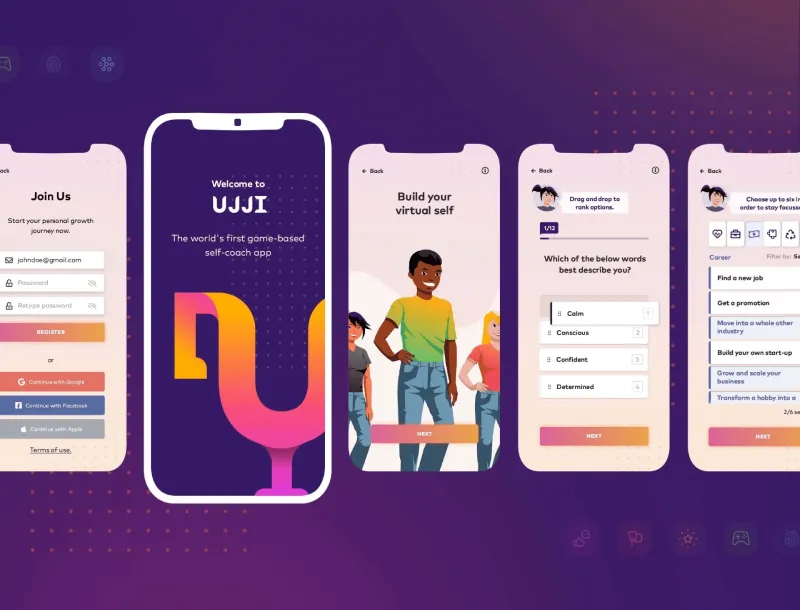Daily Insights Hub
Your go-to source for the latest news and information.
Designing Delight: How UI/UX Can Make or Break Your App
Unlock the secrets of UI/UX design! Discover how stellar design can elevate your app from good to unforgettable. Dive in now!
The Essential Elements of UI/UX Design: Creating Apps That Users Love
When it comes to UI/UX design, there are several essential elements that can significantly impact the user experience and ensure that users love the applications they interact with. First and foremost, a clear and intuitive user interface is vital. This involves creating a layout that is easy to navigate, with well-defined buttons and visual hierarchy. A study from Nielsen Norman Group outlines fundamental usability principles that can guide designers in creating effective interfaces. Additionally, employing responsive design ensures that applications can perform seamlessly across various devices and screen sizes, providing a consistent experience for all users.
Beyond the aesthetics, understanding user psychology is crucial for UI/UX design. Conducting user research and usability testing, as highlighted in this Smashing Magazine article, helps in gathering insights into user behaviors and preferences. Utilizing feedback mechanisms such as surveys or in-app ratings promotes engagement and allows users to feel more connected to the application. Finally, keeping the design simple and avoiding unnecessary clutter not only enhances usability but also fosters a more enjoyable user experience, leading to applications that users love.

Top 5 UI/UX Mistakes That Can Kill Your App's Success
When it comes to app development, UI/UX mistakes can significantly hinder your app's performance and user engagement. One of the most critical errors is an overly complicated navigation system. Users should be able to find what they need quickly and effortlessly. According to Nielsen Norman Group, a clear and intuitive navigation enhances user satisfaction and retention rates. If users struggle to navigate your app, they are likely to abandon it in favor of more user-friendly alternatives.
Another common pitfall is neglecting to optimize your app for various screen sizes and devices. Given the diverse range of mobile devices available, ensuring a responsive design is crucial. A report from Statista indicates that smartphone users account for a significant portion of app engagement. Therefore, apps that are not optimized for different resolutions can lead to user frustration and poor reviews, ultimately affecting your app's success.
How to Measure the Impact of UI/UX on User Retention and Engagement
Measuring the impact of UI/UX on user retention and engagement is a multifaceted process that involves analyzing various metrics. Start by tracking key performance indicators (KPIs) such as conversion rates, session duration, and bounce rates. These metrics provide insight into how users interact with your platform. Implement tools like Google Analytics or Mixpanel to collect valuable data on user behavior, allowing you to see where potential drop-offs occur in the user journey. Utilizing A/B testing can also help identify which UI/UX designs resonate most with users and lead to higher retention rates.
Another effective way to assess the influence of UI/UX on user retention is through user feedback. Conduct surveys or usability testing sessions to gather direct input from users about their experience. Ask questions related to usability, satisfaction, and overall impressions of the UI/UX design. Tools like SurveyMonkey or UserTesting can provide platforms for gathering this feedback efficiently. By synthesizing both quantitative data from analytics and qualitative data from user feedback, you can gain a robust understanding of how your UI/UX design impacts user retention and engagement, enabling you to make informed improvements.